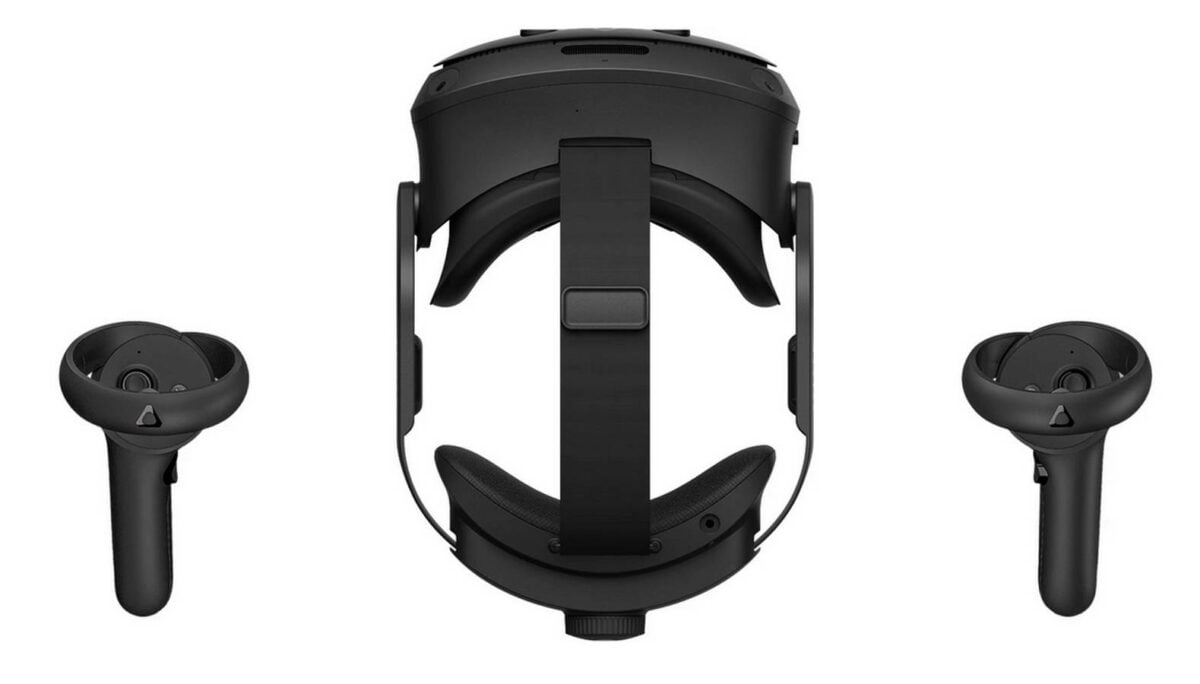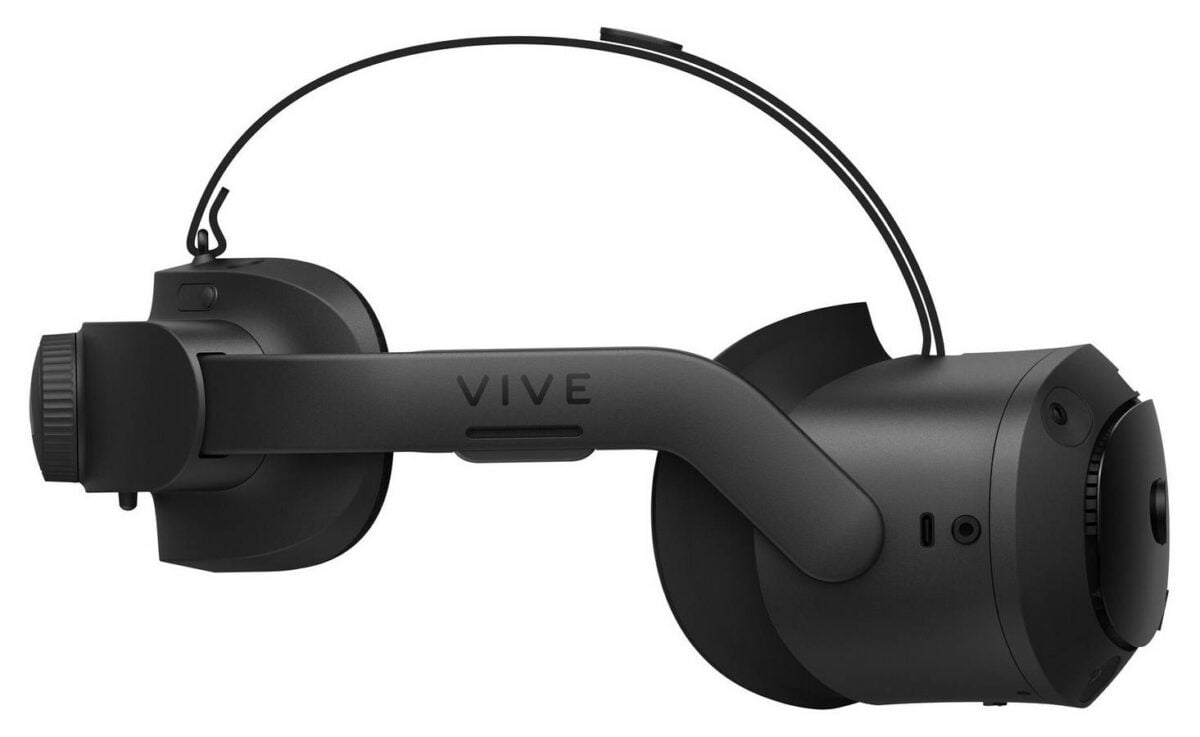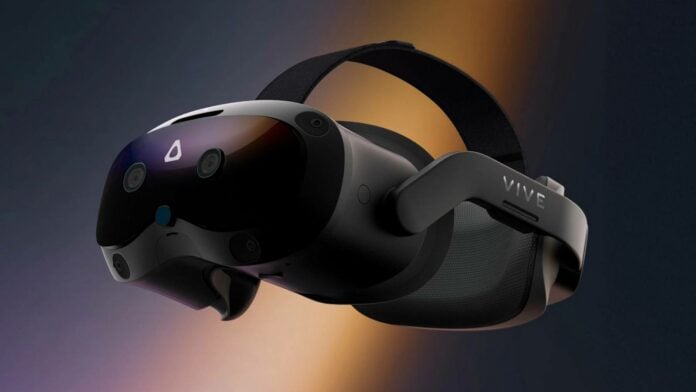HTC has announced the Vive Focus Vision headset offering both virtual and extended reality in the same package. Powered by a Snapdragon chip and a 5K display, this bad boy may drop your jaw.
Targeting gamers and professionals alike, Vive Focus Vision is HTC’s latest entry into the VR world. Be it PCVR gaming or industrial mixed-reality training, this headset got you covered. You got it all: onboard Snapdragon chip that supports standalone operation for up to two hours, eye tracking, automatic IPD (interpupillary distance) adjustment, a swappable battery, inside-out tracking. You name it, it’s here.
The headset is equipped with a 90Hz LCD display offering 2448×2448 pixels per eye and up to 120° field of view at 90Hz. Additionally, multiple cameras and sensors are located all around the headset, enabling extended reality mode. It seems that HTC opted for an upgrade in clarity instead of refresh rate, which is understandable since you would need quite a beast to push that amount of frame on VR games anyway. Trade-offs. Thankfully, support for 120Hz via DisplayPort mode will be available later this year.

While not at the same price tier, we can’t avoid comparing it to the $500 Meta Quest 3. Coming at half the Vive’s tag, Quest 3 packs one of the best/sharpest VR screens, offering 2064×2208 pixels per eye for a 110° field of view and up to 120Hz refresh rate, all in a self-contained solution powered by Qualcomm’s Snapdragon XR2 Gen 2 processor and 8GB of RAM.
Despite the loftier £999 / $999 / €1,229 price tag, HTC packs the Vive Focus Vision with an older, non-Gen 2 Qualcomm Snapdragon XR2, 12GB of LPDDR5 RAM, and a borderline unusable 128GB of storage. You can expand the latter up to 2TB using a MicroSD card, but this only inflates the cost.

Considering most, if not all, owners will probably use this headset wired to a PC for the best image quality, these constraints might not matter. HTC offers two USB 3.2 Gen 1 Type-C ports, one with DisplayPort mode, so you can hook it up to your system. Those who prefer a wireless solution can always use the Wi-Fi 6E connection, though don’t expect the same detail level and latency.
A promising VR solution, no doubt, if only the price wasn’t that high. I guess my Quest 2 has nothing to fear for now. If you own a Valve Index or something from that era, the Vive Focus Vision seems to be the perfect upgrade path.

